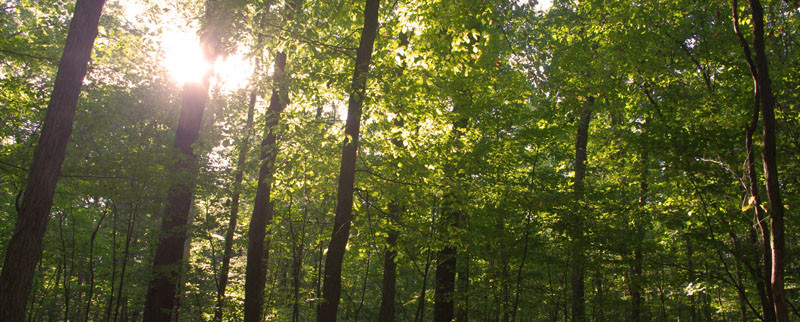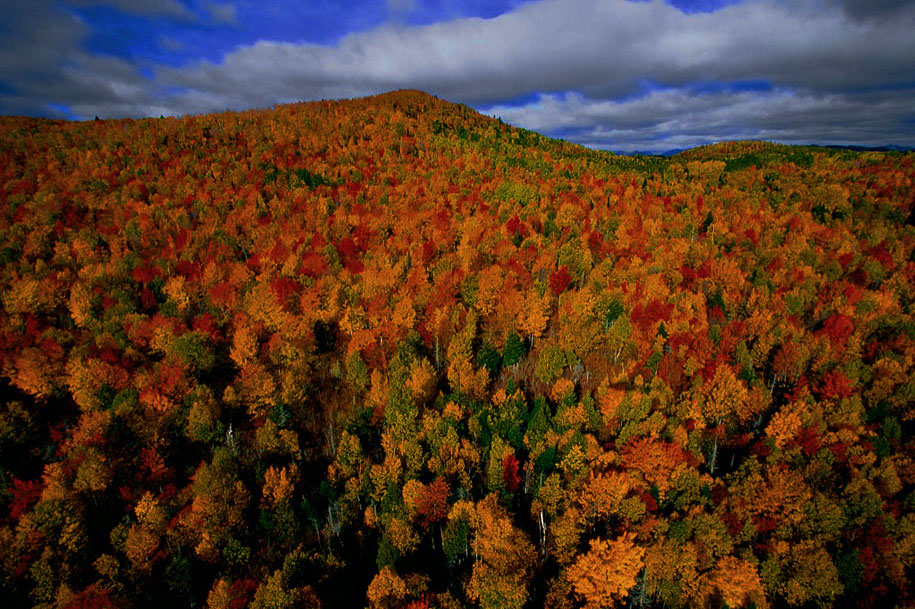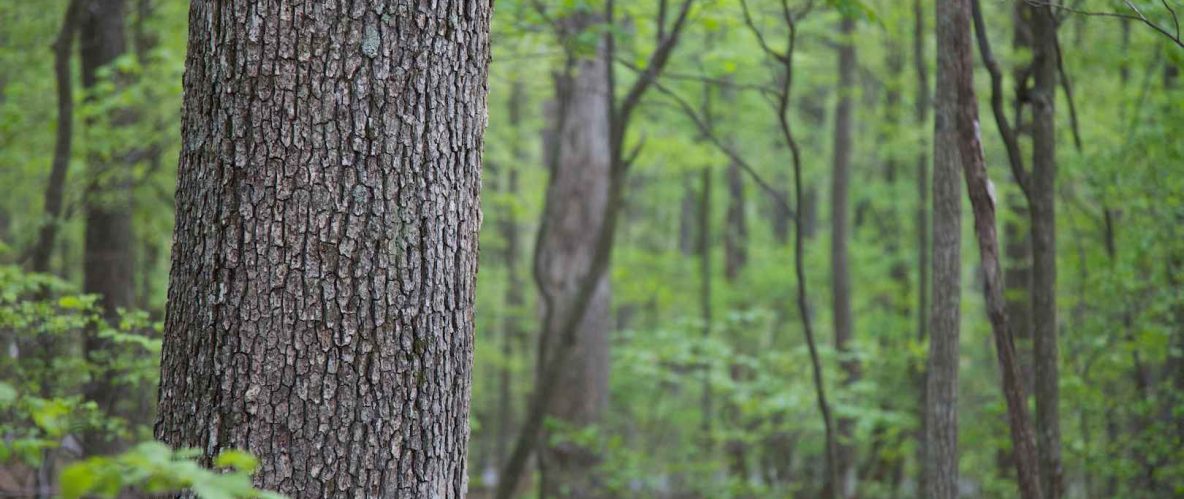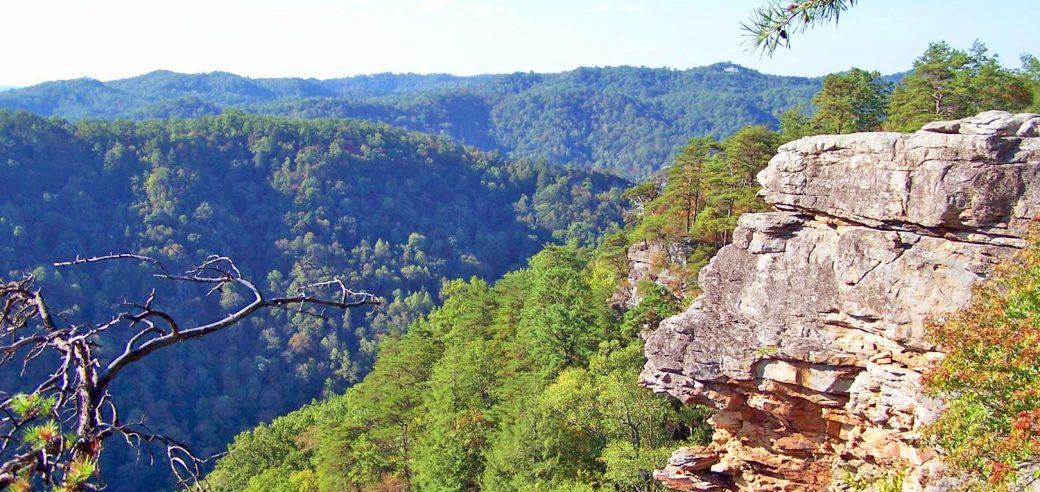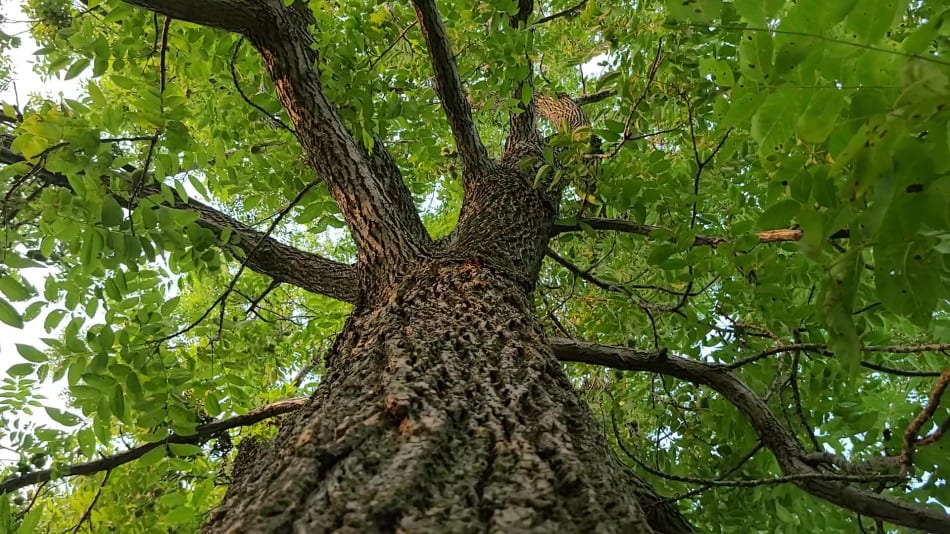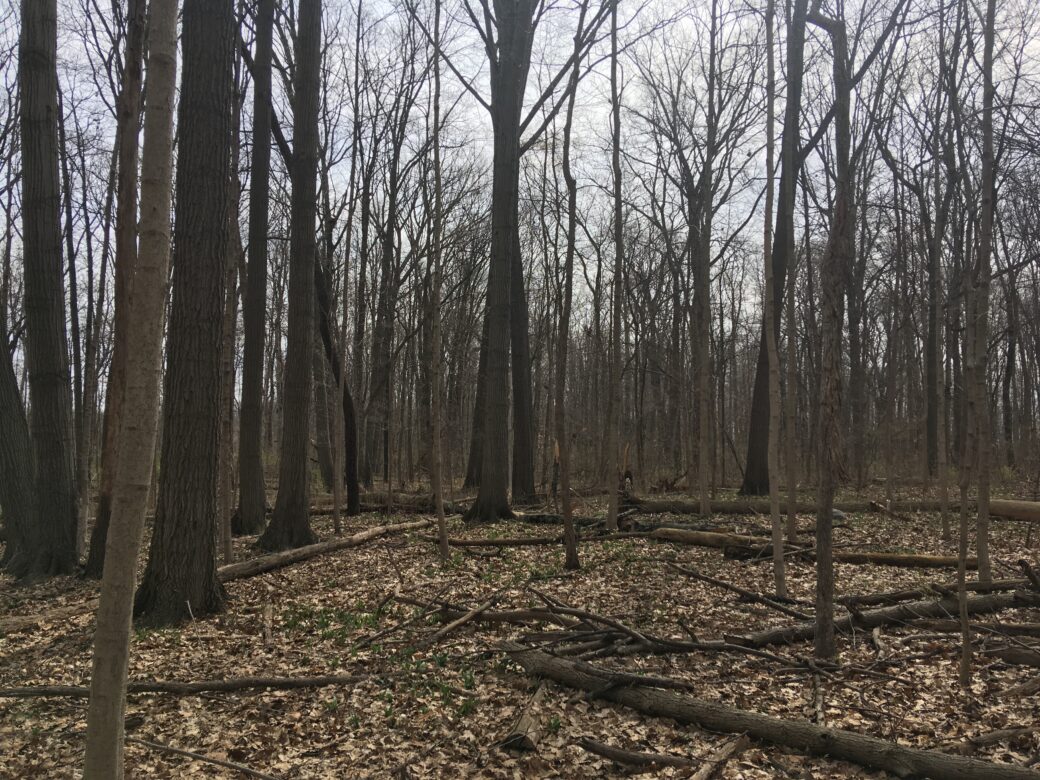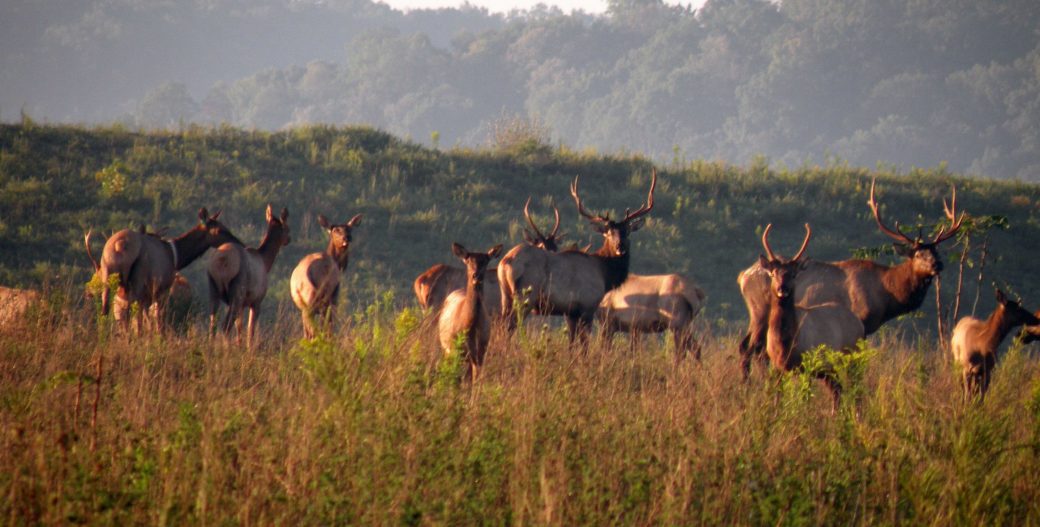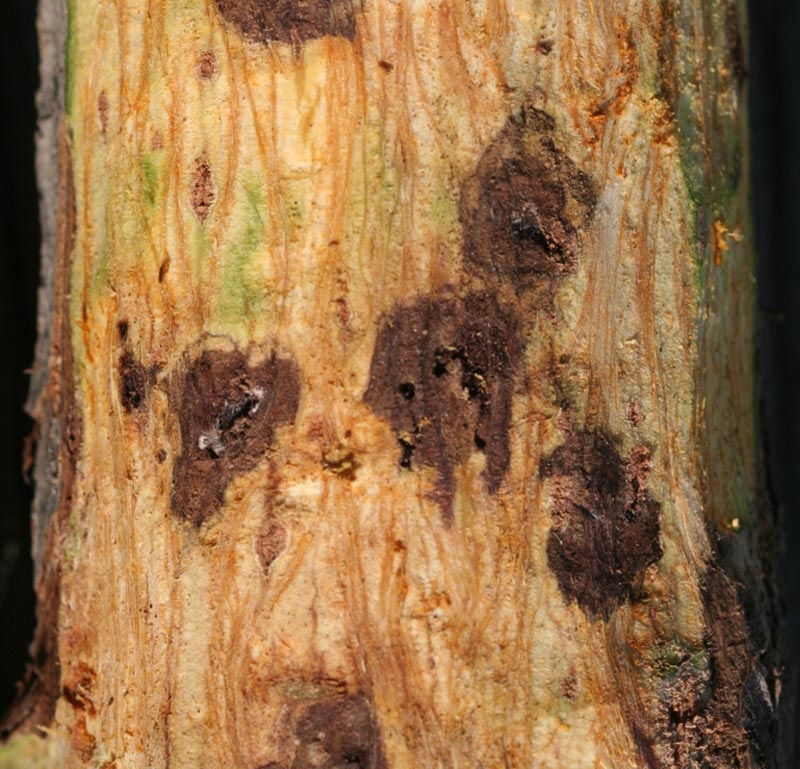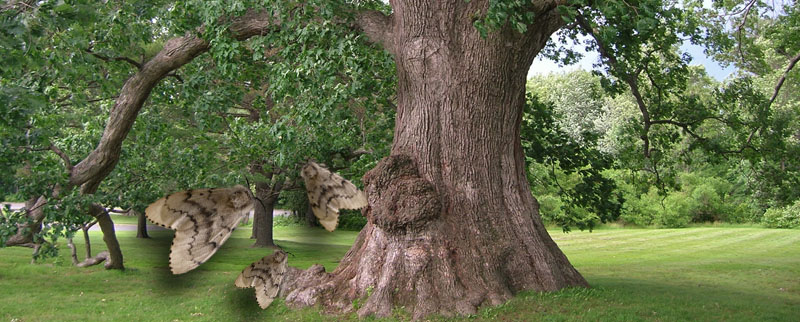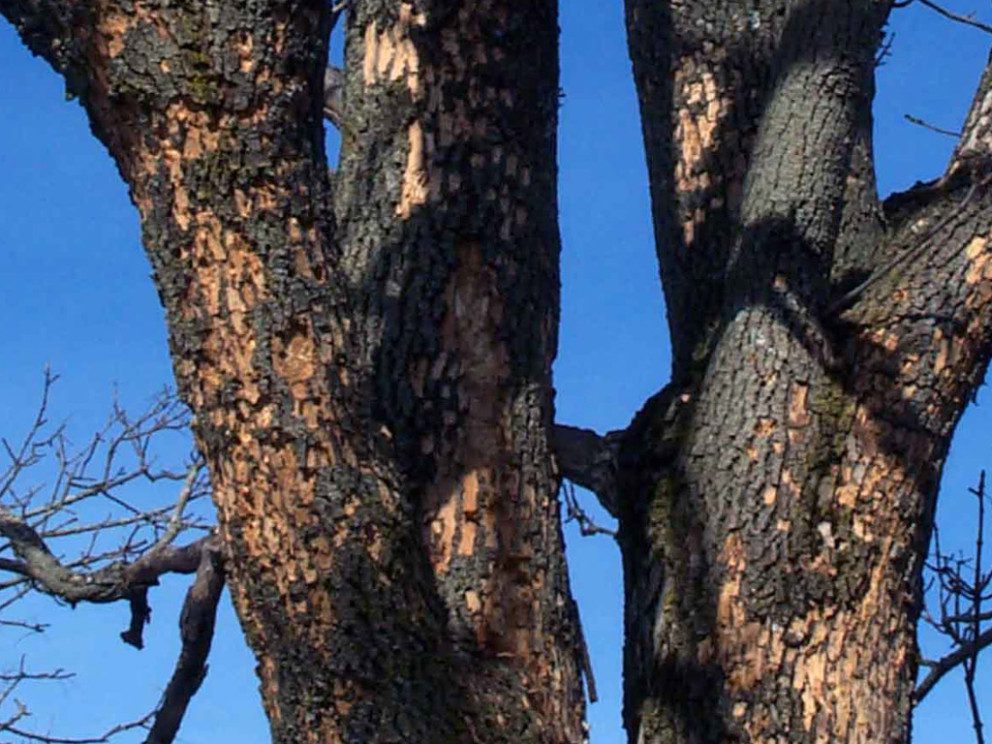Given the disastrous and irresponsible deforestation occurring in South America, one might assume that North America’s hardwood forests are similarly harvested unsustainably. However, there are many characteristics of the US Hardwood Forest that make it ideal at providing high-value lumber products in a sustainable fashion, while sequestering carbon at the same time…
Thoughtful Timber Harvest Plans
While there are many possible objectives to consider when harvesting a tract of timber, stand improvement is among the most important. At Timber Works, we know that bad trees produce genetically flawed seeds and therefore lower quality trees. Harvesting high value timber is essential to the success of any harvesting operation but it is often just as important to remove some poorer quality trees to ensure the overall quality of a stand improves over time. Read more »
Estimating Standing Timber Volume
Armed with a little knowledge and a few tools, you can come up with a pretty good estimate of the volume and range of possible values for your standing timber. Part one of a two part series covers scaling the trees while they’re still standing. Read more »
Estimating Standing Timber Value
While coming up with exact numbers is impossible while trees are still standing, you can get a reasonable estimate of the likely range of values you can expect from your standing timber. Read more »
Selling Black Walnut Trees in Ohio and the Midwest: 2025 Market Trends & Pricing
With few exceptions, Ohio Timber Works prefers to harvest black walnut timber in the winter season…
The Lifecycle of a Tree: From Sapling to Sustainable HarvestThe Lifecycle Of A Tree: Growth Stages And Their Importance
While there are many possible objectives to consider when harvesting a tract of timber, stand improvement is among the most important. At Timber Works, we know that bad trees produce genetically flawed seeds and therefore lower quality trees. Harvesting high value timber is essential to the success of any harvesting operation but it is often just as important to remove some poorer quality trees to ensure the overall quality of a stand improves over time. Read more »
Forestland Habitat and Recreation: How to Improve Your Woods After Harvest
Habitat creation is a legitimate goal of properly executed forest management. By using the unsellable biomass to create piles of limbs, boughs and branches, artificial habitat is created for many species of forest critters. When managing your timber make sure habitat preservation and creation are topics of discussion with your logging consultant. Read more »
Upcoming Walnut Quarantine Expansion Looming
Over a dozen states have enacted intrastate, interstate or both types quarantines on Black Walnut. With the introduction of Butler County to the growing list of quarantined counties in throughout the east, there is good reason for landowners in that region to be proactive about the harvesting of their timber. Read more »
Attacks Gypsy Moth and Your Timber
The Gypsy Moth isn’t a new threat but over the past several decades the population has exploded, with the insect moving into much of the Northern Appalachian regions of West Virginia and Ohio and posing a grave threat to the hardwood stand. As a timber owner you should be educated about the possible ramifications of Gypsy Moth and what you should do to properly manage your Ohio woods. Read more »
Selling Dead Ash Timber
Dealing with dead Ash trees doesn’t have to be a hassle. Have a no-obligation assessment of your standing Ash today.

